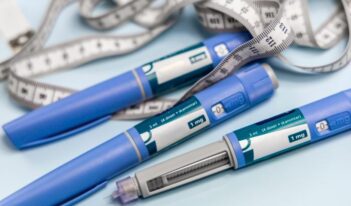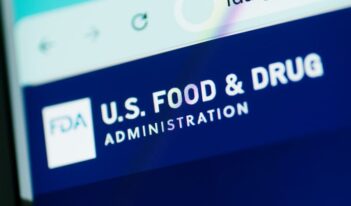
U.S. regulators should model the medical device classification process on recent tax reform.
Before historic tax reform passed last December, the tax code had a reputation as an incomprehensible behemoth. Subtle details in thousands of pages of code meant endless compliance woes for companies—and even entire industries in some cases. Unfortunately, America’s tax code has a regulatory doppelganger: the medical device approval process of the U.S. Food and Drug Administration (FDA).
FDA arbitrarily sorts premarket medical devices into three different classes—I, II, or III—reflecting increasing need to assess safety risks and efficacy before approval. Even within the three classes, different tracks and carveouts ensure a complicated process that advantages some companies and products but disadvantages many others. Uncertainty, coupled with significant regulatory costs, spell trouble for innovators looking to bring life-saving products to American consumers.
Due to the complexity of the tax code, access to good tax lawyers, rather than income or taxable assets, was key to landing a low-tax bill. The stories of large companies such as General Electric Company and Facebook paying little in federal taxes are well known, as accountants and lawyers in the companies’ employ know their way around the tax system. Less well known are similar tactics used in other interactions with the federal government, such as the medical device regulatory process.
Apple, for example, was able to secure record fast approval of its famous Apple Watch, which can measure multiple health indicators in real time, including heart arrhythmias. FDA decided last year that “fitness trackers” capable of health monitoring should be under the Class II approval system, which requires premarket proof to the agency that the devices are safe and will work as intended. This designation in itself was bizarre, considering that cholesterol total test systems, chemistry analyzers, and vein location devices have all been assigned to the lower Class I category, which does not require a premarket approval process.
The designation process has regulators claiming that fitness trackers that analyze “multiple physiological signals” are more similar to MRI scanners than a hand-held cholesterol checker. And when regulatory barriers are erected where they need not be, the stage is set for a two-track system replete with shortcuts and carveouts. Apple, for instance, found that arguing its product was “de novo,” or a fundamentally new kind of product on the market—which it was not—was key to fast-track approval. Even though this process normally takes longer than if the product is similar to an already-approved product, Apple has a close relationship with the agency by participating in FDA’s pilot precertification program. The agency makes clear that for preselected corporations of a certain “company size” and “organizational excellence,” product consideration can focus more on the “technology developer, rather than primarily at the product.”
Digital health expert Bradley Merrill Thompson reportedly has argued that FDA “needs to comment publicly on” its approval of Apple’s product “to allow the entire industry to know what the rules are,” given FDA’s “remarkable” feat of approving “not one but two Apple de novo reviews in fewer than 30 days.” FDA has made clear that it expects half of all de novo requests to take more than 150 days to evaluate, meaning that companies with less FDA recognition than Apple or Fitbit—which has faced even less regulatory scrutiny—may well fall on the other side of the curve. The lack of transparency and clarity in the FDA process is hardly limited to fitness trackers: Reduced-risk heat-not-burn tobacco products have been put on hold seemingly indefinitely after more than a year of not hearing back from FDA.
Regulatory carveouts for preselected companies are well-intentioned, as FDA Commissioner Scott Gottlieb seeks to streamline a tedious process for more and more companies. This is not unlike tax carveouts for large companies, often supported by “pro-business” leaders doing what they can to lighten the load on overburdened businesses. But government favoritism reduces certainty in industries and drives a wedge between innovative companies and the consumers that want their products.
The Tax Cuts and Jobs Act attacked this problem by reducing narrow loopholes and providing tax relief across the board. FDA can accomplish a similar feat by “down-classifying” most products and ensuring that products are regulated in a similar way to peer products. The Government Accountability Office has urged the agency to down-classify many devices from Class III to Class II, and FDA is already proposing this process for medical image analyzers.
Broad down-classifications can ensure that most types of products have a lighter regulatory load, in line with the European Union’s successful process. Lighter FDA premarket scrutiny would reduce reliance on narrow precertification pilots and de novo gamesmanship. Further, a light-touch approach would ensure that on-the-go digital health products are not bogged down in a multi-month process.
A regulatory doppelganger to tax reform would give consumers access to more products across the board, from heat-not-burn tobacco products to fitness trackers. Once an example of a broken system, tax reform is now an illustration of what to do, and FDA needs to follow that lead.




